Capitalize dates and names of people.
Print all upper- and lowercase letter
Orally produce single-syllable words by blending sounds (phonemes), including consonant blends.
Know the spelling-sound correspondences for common consonant digraphs.
Know final -e and common vowel team conventions for representing long vowel sounds.
Know and apply grade-level phonics and word analysis skills in decoding words.
Isolate and pronounce initial, medial vowel, and final sounds (phonemes) in spoken single-syllable words.
Identify real-life connections between words and their use.
Identify frequently occurring root words and their inflectional forms.
Distinguish shades of meaning among verbs differing in manner and adjectives differing in intensity.
Distinguish long from short vowel sounds in spoken single-syllable words.
Determine or clarify the meaning of unknown and multiple-meaning words and phrases.
Demonstrate understanding of spoken words, syllables, and sounds.
Demonstrate command of the conventions of standard English grammar and usage when writing or speaking.
Demonstrate command of the conventions of standard English capitalization, punctuation, and spelling when writing.
Define words by category and by one or more key attributes.
Decode two-syllable words following basic patterns by breaking the words into syllables.
Decode regularly spelled one-syllable words.
With guidance and support from adults, demonstrate understanding of word relationships and nuances in word meanings.
Use words and phrases acquired to signal simple relationships.
Use verbs to convey a sense of past, present, and future.
Use singular and plural nouns with matching verbs in basic sentences.
Use sentence-level context as a clue to the meaning of a word or phrase.
Use personal, possessive, and indefinite pronouns.
Use knowledge that every syllable must have a vowel sound to determine the number of syllables in a printed word.
Use frequently occurring prepositions.
Use frequently occurring conjunctions.
Use frequently occurring affixes as a clue to the meaning of a word.
Use frequently occurring adjectives.
Use end punctuation for sentences.
Use determiners.
Use conventional spelling for words with common spelling patterns and for frequently occurring irregular words.
Use common, proper, and possessive nouns.
Use commas in dates and to separate single words in a series.
Spell untaught words phonetically, drawing on phonemic awareness and spelling conventions.
Sort words into categories to gain a sense of the concepts the categories represent.
Segment spoken single-syllable words into their complete sequence of individual sounds (phonemes).
Recognize and read grade-appropriate irregularly spelled words.
Read words with inflectional endings.
Produce and expand complete simple and compound declarative, interrogative, imperative, and exclamatory sentences.
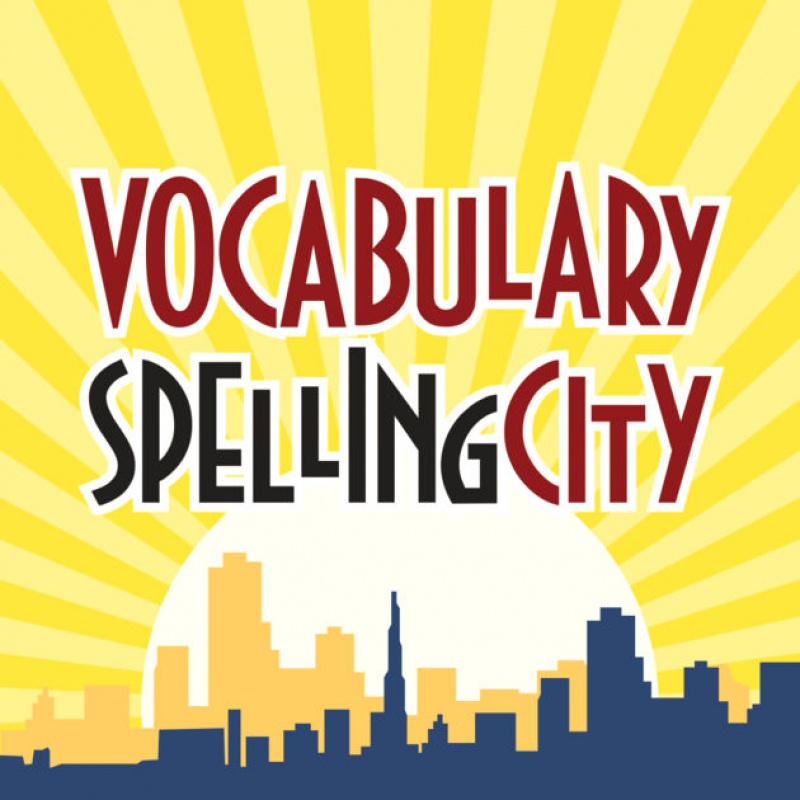


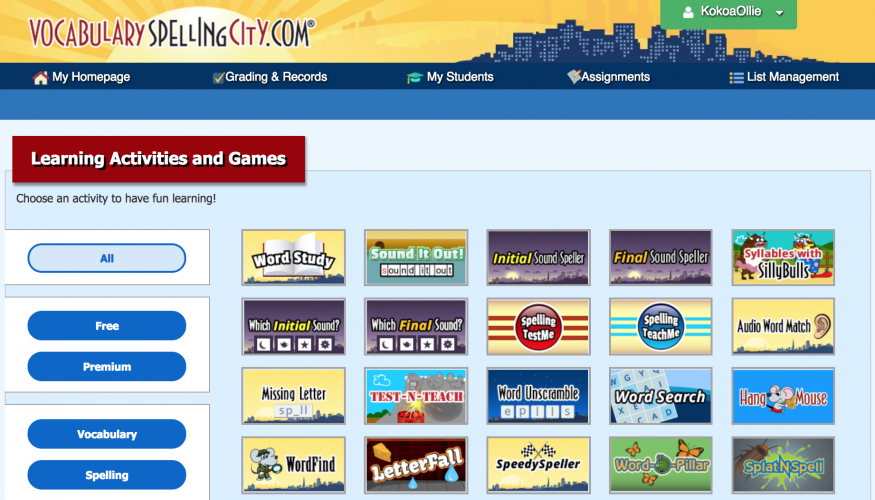
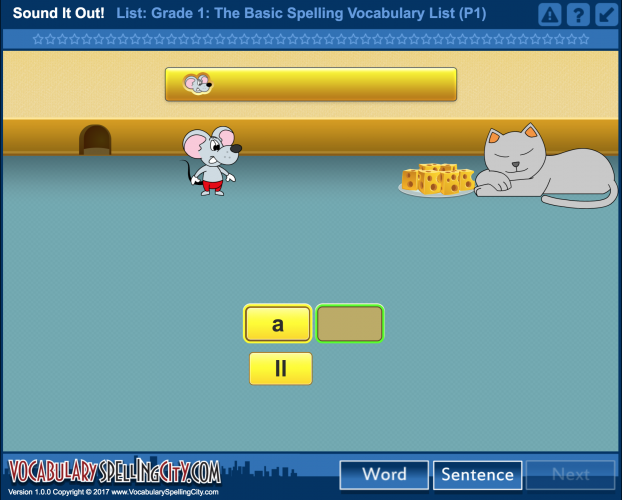
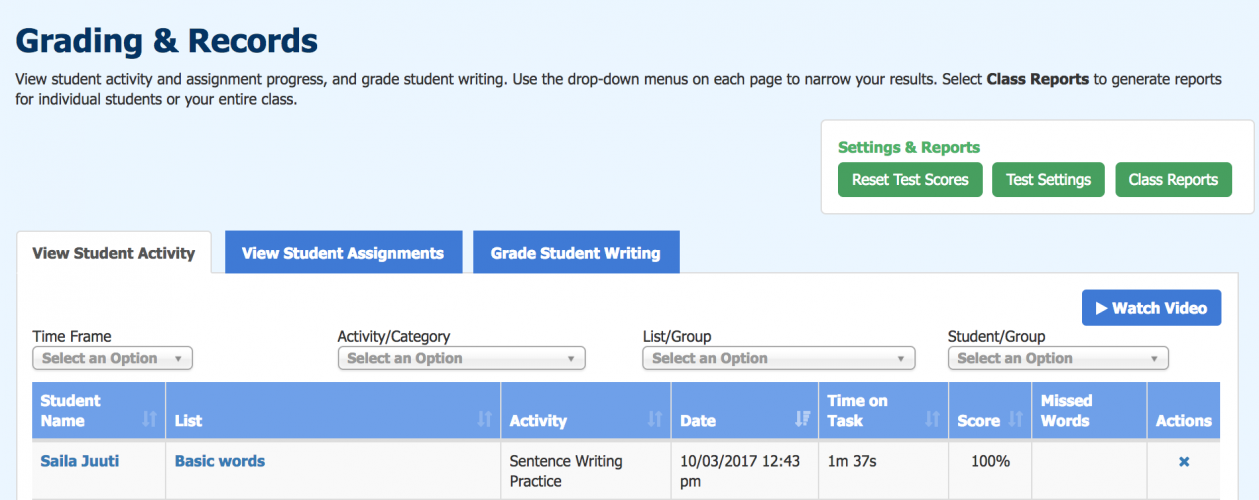
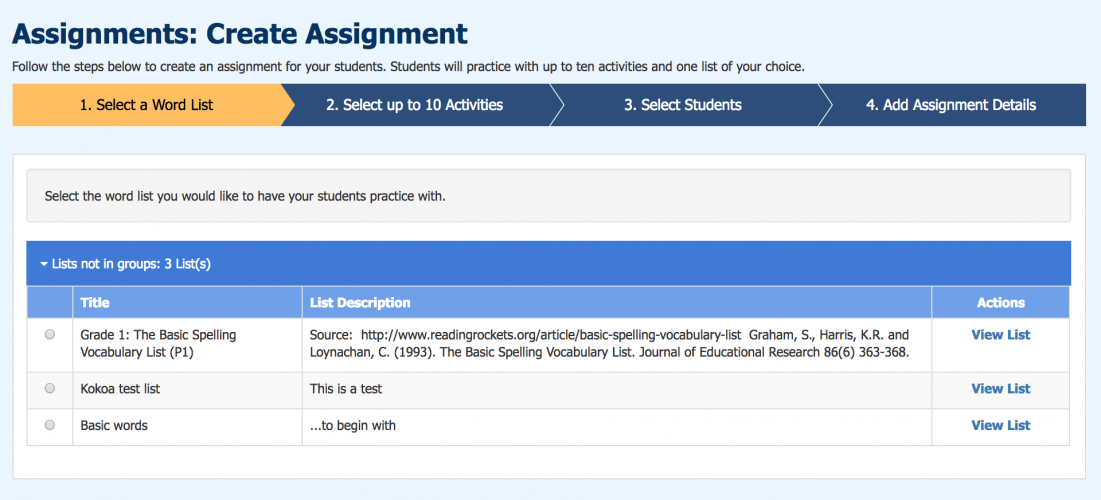
User reviews for VocabularySpellingCity
You need to log in to post a review.